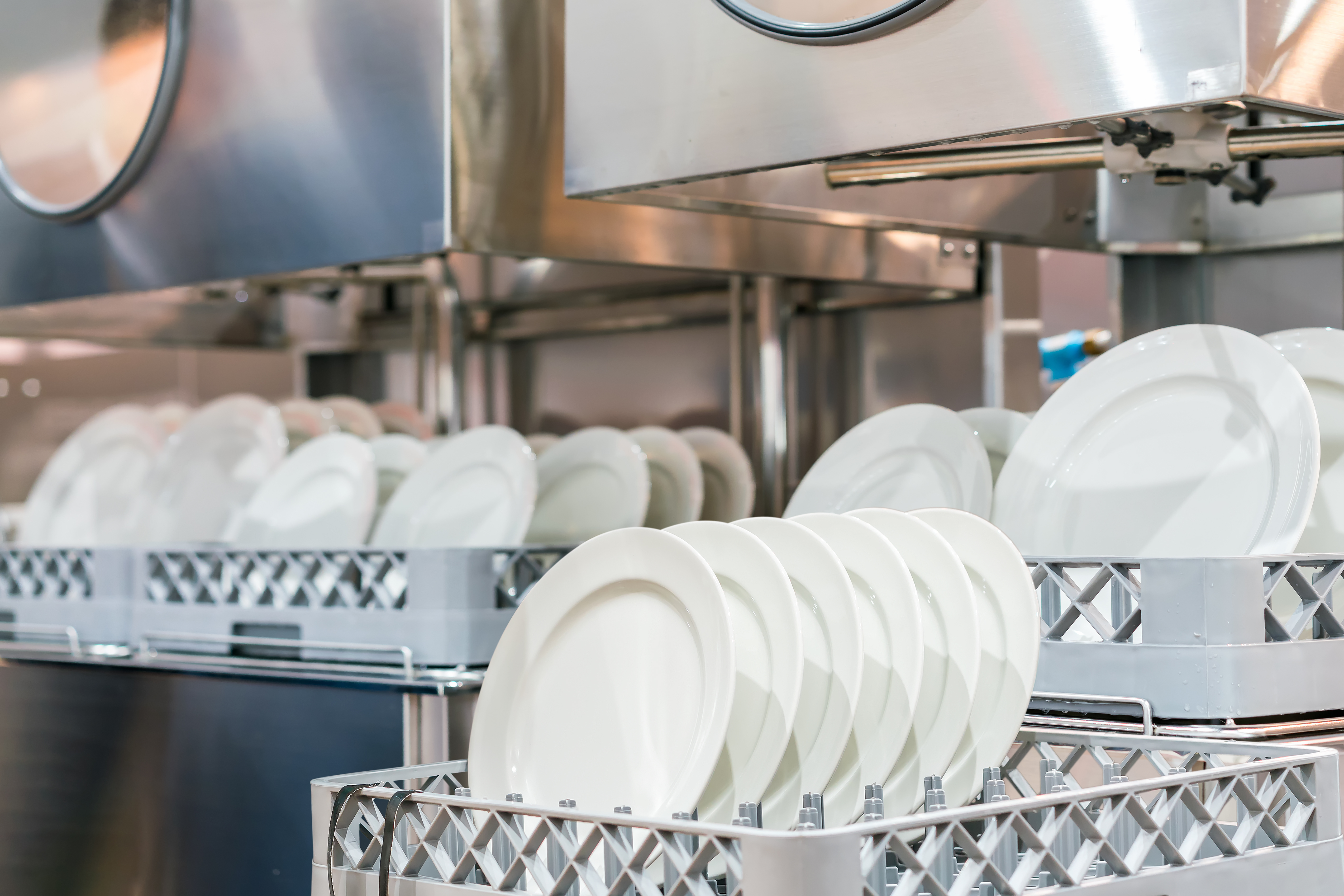Kitchen Outbreak Cleaning
Residential aged care facilities face unique challenges during outbreaks, and maintaining a clean and safe kitchen is pivotal to safeguarding the health of residents and employees. All kitchen employees should be well-informed about the outbreak protocols and the importance of adhering to them.
In addition to the usual kitchen hygiene protocols, following these cleaning requirements and infection prevention and control measures reduce the risk of spreading infectious agents in your facility, providing a safer environment for all.
Increase The Frequency Of Cleaning
Frequently touched surfaces like countertops, tables, handles, and appliances - twice daily and after each use
Minimally touched surfaces - once daily
Clean the visibly dusty or dirty surfaces and fittings as soon as possible
Clean spills immediately
Shared workspaces should be cleaned and disinfected at the end of each employee's use
Use Effective Cleaning Agents
Select cleaning agents that are known to be effective against the specific agent causing the outbreak
Follow the manufacturer's instructions for dilution and contact time to ensure maximum efficacy
Dedicated Cleaning Tools
During outbreaks, assign separate cleaning tools for the kitchen to prevent cross-contamination
Kitchen Colour-Coded Cleaning
Colour-coding cleaning equipment is considered to be the most effective method of restricting equipment to individual areas of the residential aged care facility. Colour coding cleaning equipment for the kitchen is green
|
Green cloths are only to be used in the kitchen area |
Isolation and Quarantine Measures
To minimise the risk of cross-contamination, create a separate area in the kitchen for meal preparation and dishwashing, exclusively for residents who are infected or under quarantine

Clean and disinfect all utensils, crockery, cutlery, and suitable equipment in the following ways
Wash with hot water and detergent, then soak items in hot water at a minimum of 77°C for at least 30 seconds
OR
Place items in a commercial dishwasher where the water temperature in the rinse cycle is greater than 80°C
OR
Wash with hot water and detergent, and soak items in 100ppm of available chlorine for at least 3 minutes at a minimum water temperature of 50°C
For items or equipment that cannot be completely soaked in water, wash them with hot water and detergent. After, apply 200ppm of available chlorine on all surfaces for 10 minutes, then rinse and dry
Hand Hygiene
Hand hygiene is a fundamental preventive measure. Employees should wash their hands with soap and water for at least 20 seconds before and after handling food and touching potentially contaminated surfaces
Hand sanitisers with at least 60% alcohol content can also be used
Ensure that all hand hygiene products are in-date
PPE
Kitchen employees should wear appropriate PPE, e.g. gloves, masks, visors, etc., especially when handling potentially contaminated materials or coming into close contact with infected individuals
Ventilation
Maintain good ventilation in the kitchen by keeping windows open or using exhaust fans. Proper ventilation helps disperse potential airborne pathogens and improves overall air quality
Food Supplier Safety
If your facility relies on external food suppliers, ensure they follow rigorous hygiene and safety protocols to prevent introducing contaminated items
Education and Training
Frequent training sessions on infection prevention and proper cleaning procedures are essential and records of education must be kept